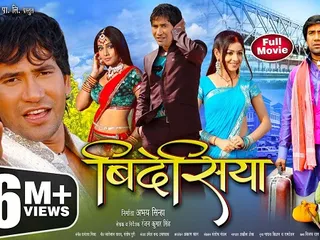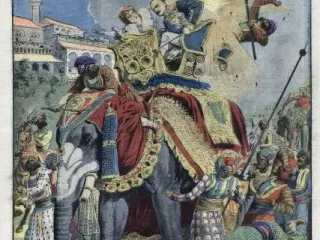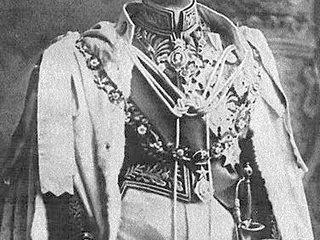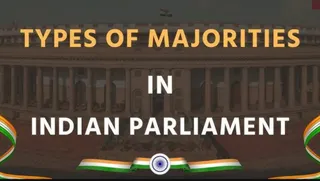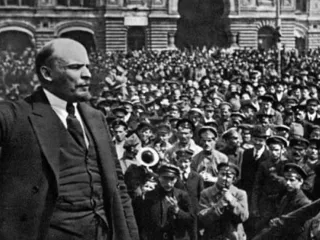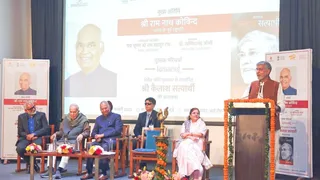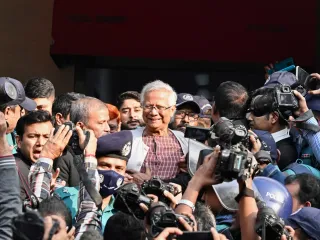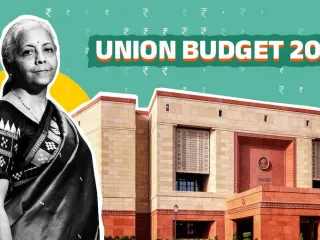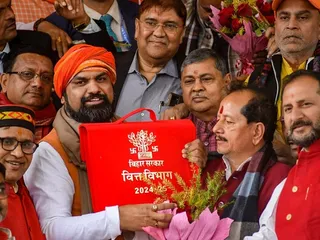The Indian Rebellion of 1857, often referred to as the Sepoy Mutiny or the First War of Independence, was a complex event with deep-seated social, economic, and political causes. While the immediate trigger was the controversial greased cartridges of the Enfield rifle, the rebellion's roots lay in long-simmering social discontent fueled by British policies and actions. This essay will focus on the significant social factors that contributed to the widespread uprising.
Religious Discontent:
British policies, often perceived as insensitive to religious sentiments, significantly aggravated existing tensions. The introduction of Western education and the spread of Christian missionary activity challenged traditional beliefs and practices. The perceived threat to Hinduism and Islam, coupled with instances of forced conversions or the desecration of religious sites, led to widespread resentment and fuelled a sense of religious outrage among the populace. The annexation of Oudh, a region with strong religious and cultural significance, further intensified these feelings. The rumors surrounding the greased cartridges, believed to be lubricated with cow and pig fat – substances considered sacred by Hindus and Muslims respectively – acted as a potent catalyst, igniting widespread protests and mutinies.
Caste Tensions and Social Hierarchy:
The British administration, while dismantling certain aspects of the traditional social hierarchy, inadvertently destabilized the existing social order. The implementation of new land revenue systems, such as the Permanent Settlement and the Ryotwari system, often disrupted traditional landowning structures and led to economic hardship for many. This created new forms of social inequality and fueled existing caste tensions, as different groups struggled to adapt to the changing economic landscape. The resulting social unrest and resentment became fertile ground for the rebellion.
Impact of British Policies on Traditional Society:
British rule fundamentally altered traditional social structures in India. The introduction of Western legal systems and administrative reforms often disregarded or undermined traditional institutions and practices. The increasing dominance of English language and culture threatened to erode local traditions and identities. The feeling of cultural subjugation and loss of autonomy fueled a sense of resentment among many Indians who saw their way of life under attack. Economic policies, while aimed at modernization, often resulted in economic exploitation and social disruption, leading to widespread dissatisfaction.
The Role of Leadership and Organization:
While social factors formed the bedrock of the rebellion, it's crucial to acknowledge the role of effective leadership and organization in coordinating the widespread uprising. Many Indian princes and rulers, feeling threatened by British expansionism, actively participated in the rebellion. Local leaders and religious figures also played a crucial role in mobilizing the population against the British rule. However, the lack of unified leadership and strategic planning ultimately hampered the success of the rebellion.
Conclusion:
The Revolt of 1857 was not simply a military mutiny but a multifaceted rebellion rooted in deep-seated social and political grievances. The combination of religious discontent, social inequalities exacerbated by British policies, and the perceived threat to traditional Indian society created the conditions for a widespread uprising. While the rebellion was ultimately unsuccessful in achieving its immediate goals, it left a profound impact on the course of Indian history and played a significant role in shaping the subsequent struggle for independence.














